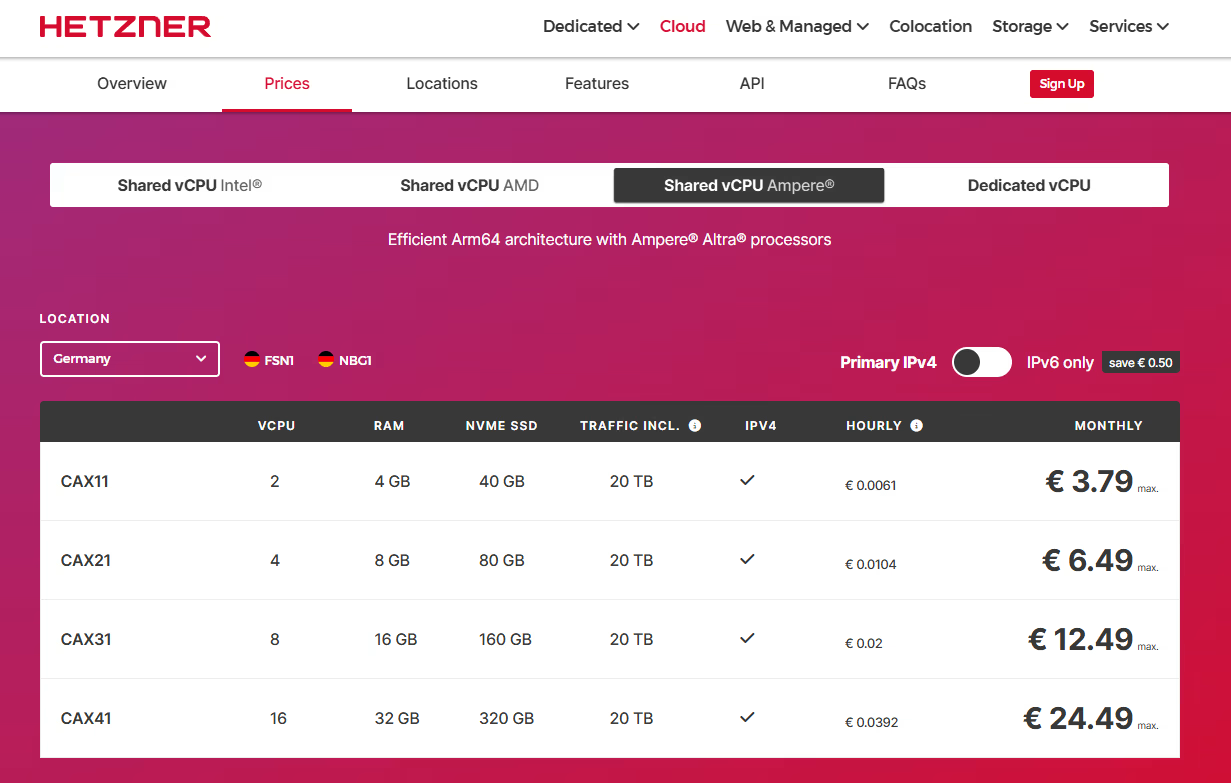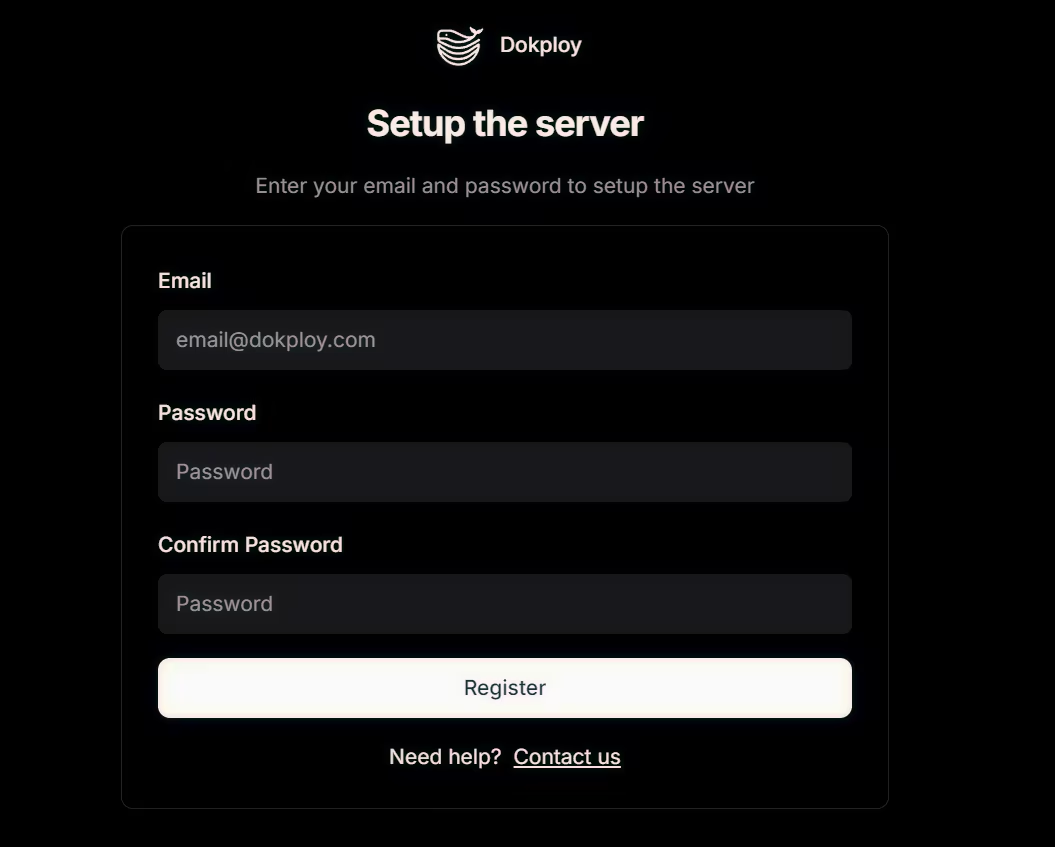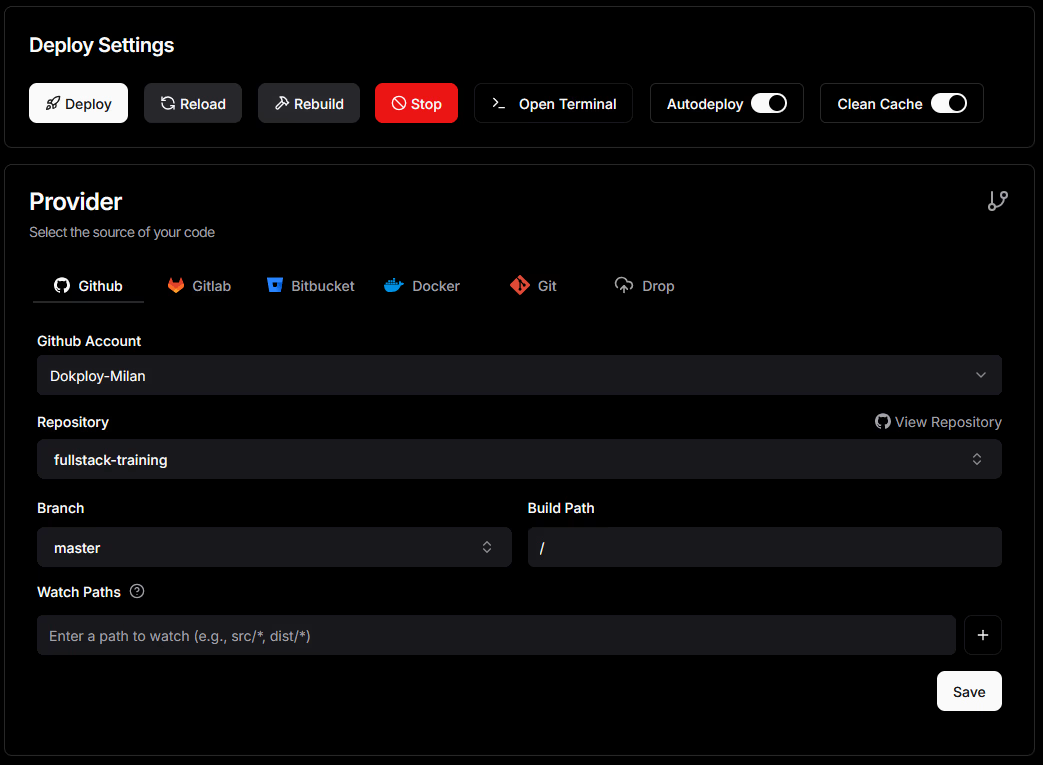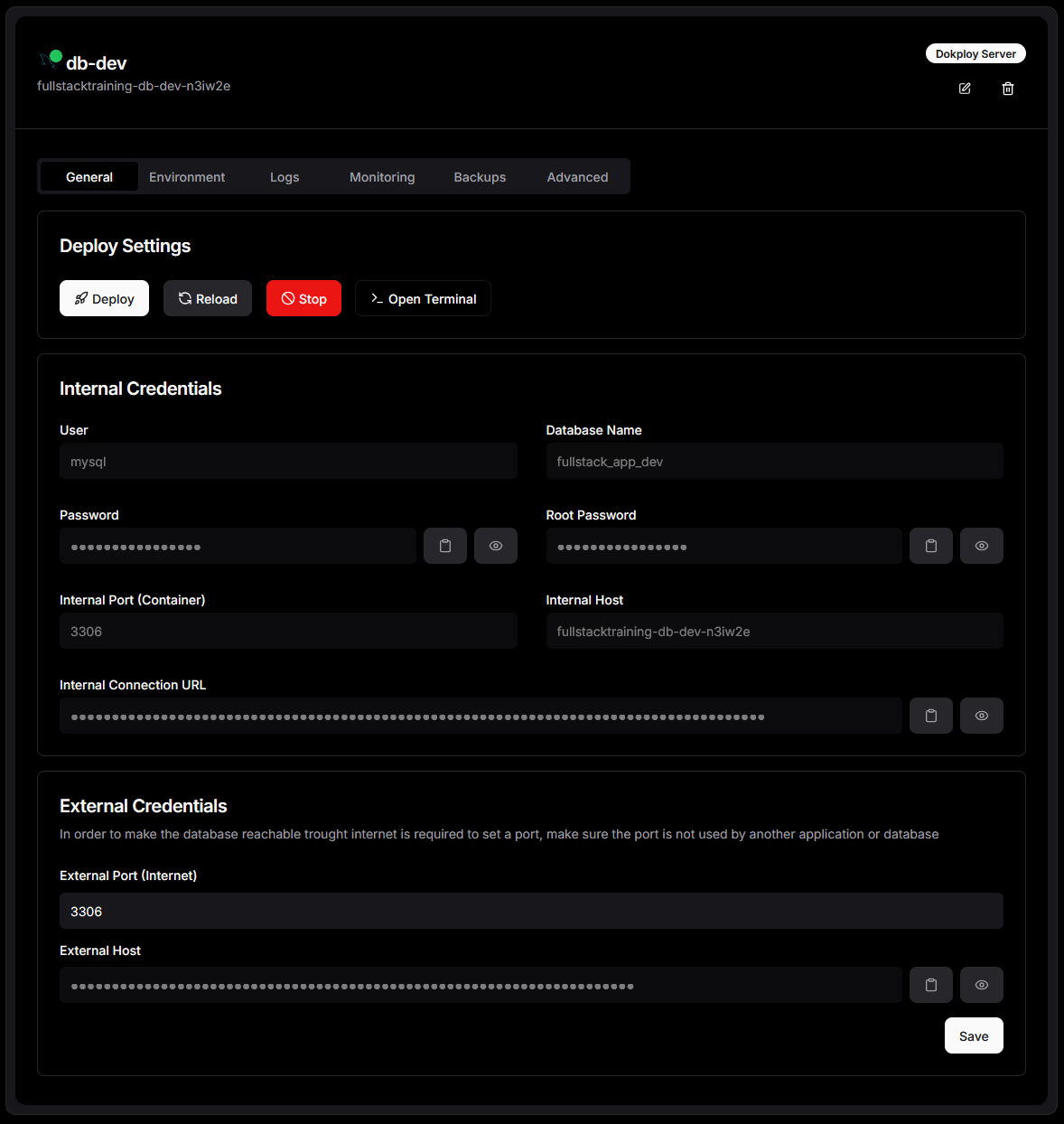Milan Panin
Web Developer
29. May 2025.
|10 min read
Dokploy Introduction - The easiest way to setup a web server
In today's fast-paced development world, tools like Dokploy have completely changed the game—making it possible to deploy full-stack applications and set up production-ready servers in just minutes, without needing any prior DevOps or system administration experience.
DokployVPSHostingDeploymentSystem AdministrationDo you fully understand how a car engine works? Probably not. And yet—you drive it. Do you know the precise calculations someone had to make to design the chair you're sitting on, or the full process behind the juice you drank a few minutes ago? Again, probably not. So why should you be a server expert just to get your app online?
Let me be clear—being an expert in any field is a great thing, and I fully support that. But the reality is, we can’t be experts in everything. As fullstack developers, we already wear many hats—designing UIs, writing backend logic, managing databases, testing, optimizing performance… and yes, handling deployment. And while deployment can be complex and time-consuming, this is 2025—and manually configuring servers is now a thing of the past.
That’s where Dokploy comes in. Believe it or not, deploying your app can take as little as 4 steps and under 10 minutes. Here’s the process:
Purchase a VPS
Before anything else, you’ll need to get yourself a VPS. This is a decision I’ll leave entirely up to you—because I don’t know your specific needs, or the requirements of your application. The needs of a server running a simple JavaScript script are not the same as those of a complex Next.js application. There are also many other factors that go into choosing the right VPS—performance, region, bandwidth, scalability—but I won't go into all that here.For my own projects, I personally use Hetzner, as they offer solid performance and affordable pricing plans.

Access the server and install Dokploy
Once you’ve successfully purchased your VPS, the next step is to connect to the server and install Dokploy. Don’t worry—even if you’ve never accessed a server before, this process is simple and we’ll walk through it together step by step.First, locate the IP address of your server. Then, using your favorite terminal, connect via SSH with the following command:
ssh root@IP_ADDRESSAfter successfully connecting, all you need to do is run this one-liner to install Dokploy on your server:
curl -sSL https://dokploy.com/install.sh | shThat’s it! Dokploy is now officially installed and ready to use on your server 🎉
Log in to Dokploy
Accessing Dokploy is extremely straightforward. Once it’s installed, simply open your browser and go to: http://your-vps-ip:3000 On your first visit, you’ll be prompted to create an account. Make sure to choose a strong and secure password—this interface gives access to your projects and deployments, so it’s important to protect it properly. After creating your account, you can log in and start using Dokploy right away.
Connect your repository and deploy the app
Dokploy is extremely user-friendly, so you should feel right at home. The process is simple: First, click the “Create Project” button in the top-right corner. Once the project is created, click “Create Service”—this is where you’ll define the application you want to deploy. Ideally, your project should be hosted on a popular Git provider like GitHub, GitLab, or Bitbucket. Dokploy allows you to link your repository directly to a specific branch. Once connected, every commit to that branch will automatically trigger a new deployment—no manual steps required. It’s also worth noting that Dokploy supports deploying almost any type of application: From static sites, to JavaScript and PHP apps, to more complex deployments like C# and Java applications.
But Dokploy does more than just app deployment—it also supports database provisioning. With just a few clicks, you can spin up a database of your choice, connect to it externally using a connection string, or lock it down so it’s only accessible from the deployed app on your server for extra security.

Dokploy gives you full control over your server like traditional setups, while offering the ease-of-use you’d expect from modern cloud platforms. You can learn more in their official documentation, and if you have specific questions, feel free to join their Discord community.
Thanks for reading—and feel free to bookmark this site while I work on adding a newsletter feature 🤗